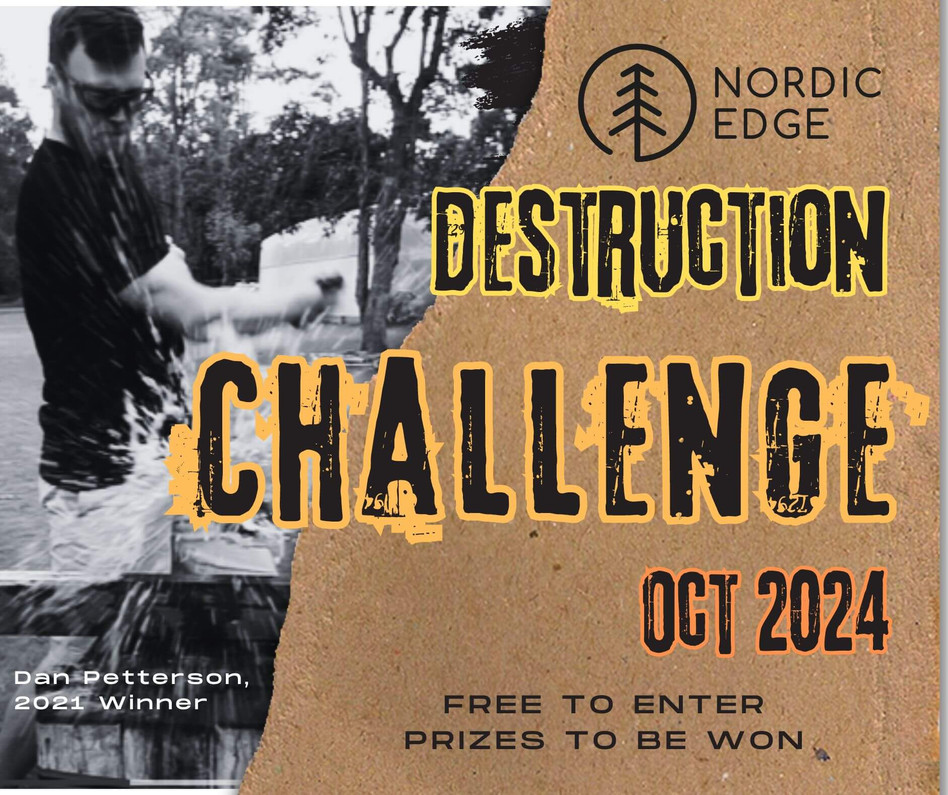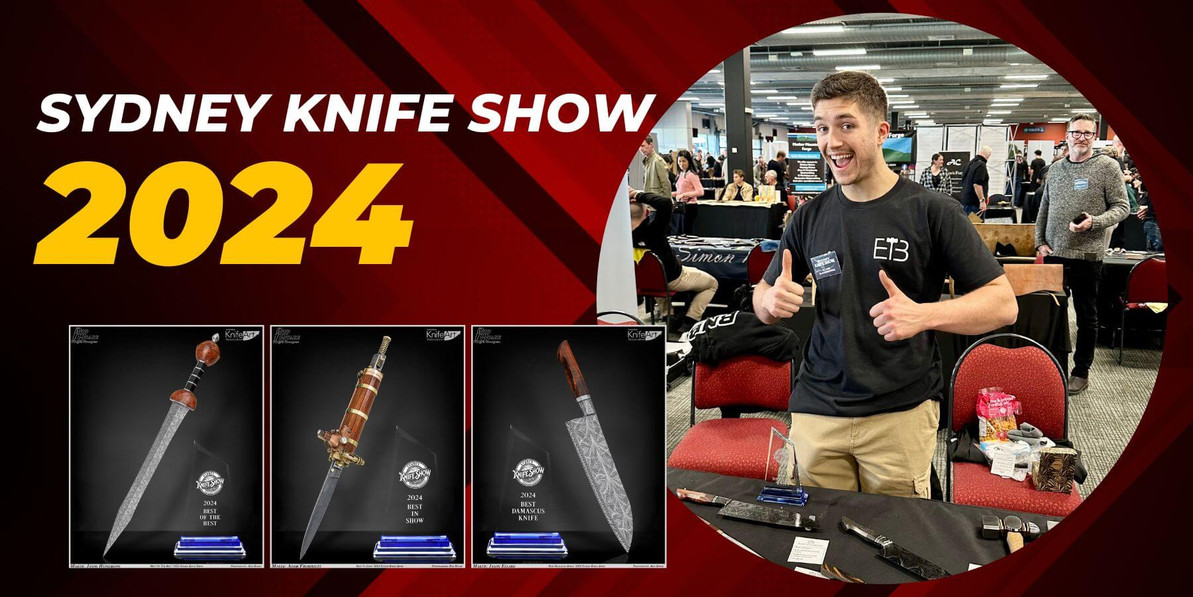Meet The Maker: Stacy Hall from SLH Blades
MTM #27 Stacy Hall, SLH Blades
Born in Shepparton, Victoria 51 years ago, I enjoyed living in a small country town with plenty of space to run around. Or at least Shepparton used to be a small town, it has gotten a bit bigger over the years since back then. Today we live in Mooroopna which is not far off “Shepp” and maybe 180 km north-west of Melbourne. One of the perks of living in a smaller town is having a shed at home for knife making so my commute is pretty good these days.
Metal worker all the way
When I finished school, I got my first job through a friend of my father. I started in metalworking and stayed in different aspects of that industry for the rest of my career. Initially I was building steel buildings, learning to weld and other manufacturing techniques. As my skill set grew, I got involved in other aspects of metal fabrication and manufacturing.
Moving to Melbourne
I also moved to Melbourne for a few years. It was an interesting time and a nice contrast to the smaller country town. Workwise it was still in metal fabrication, making components which was a great way to learn some new tricks of the trade. After a few years in Melbourne, it was right to move back home and we moved to Mooroopna where we have been ever since. We have four children and three grand children and it has been a good place to bring up a family.
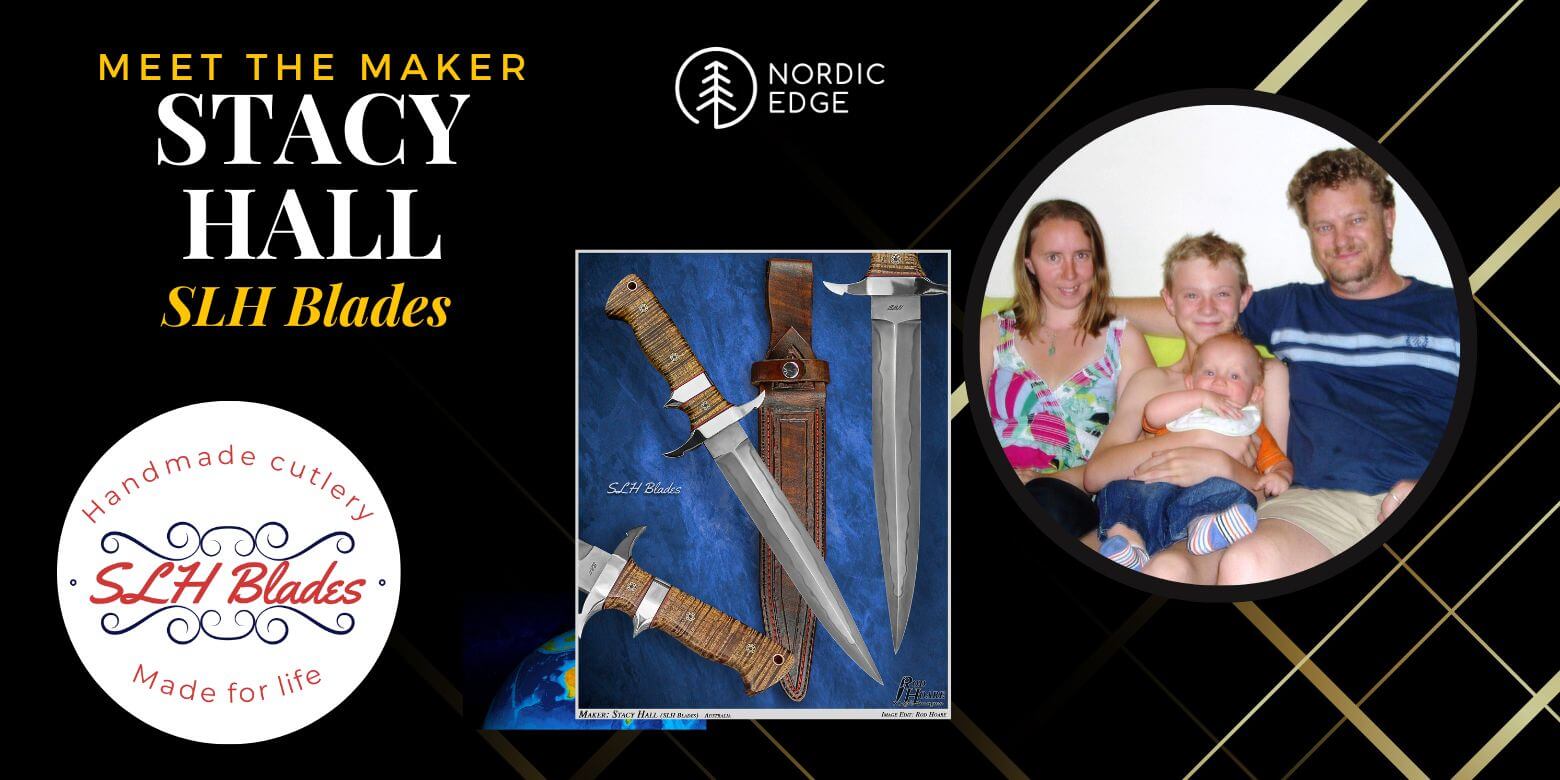
V8 super cars and vehicle body building
After moving back here I got more into body building – still in steel though! I was making trailers, vehicle bodies, team trailers for V8 super car teams, and even armaguard vans, it was interesting to use my skills in a new direction. Over the years I have made quite a few different things in steel, and it helped when starting out with knife making as well.
Always been into knives
Since I was a kid, I have always liked knives. From doing a bit of fishing and hunting, and wanting a proper knife to use myself, to after a while building up a small collection. My interests in knives have always been quite varied, across styles and materials. Back then Rambo knives were a big deal for a young bloke, as well as some more practical hunting and fishing blades. Didn’t we all have one of those “survival” knives with a hollow handle at the time?
My interest in knives and my background as a metal fabricator probably helped steer me towards knife making as a hobby. Initially I started with some knife blades from Knife Blanks Australia maybe 12 years ago or so, making my own handles and learning more about what styles and materials I liked to work with.
From there it was little by little moving it towards making my own blades and finding my own style.
Learning from experimenting
I have always enjoyed making things by hand and trying out different materials, so for me it was natural to start testing out different steels when I was able to. After saving up for a while I got a Paragon kiln, and this allowed me to try out different steels and do some testing of my own knives to see not only what steels I preferred to work with, but also how I felt I could back those steels up with a well-performing knife.
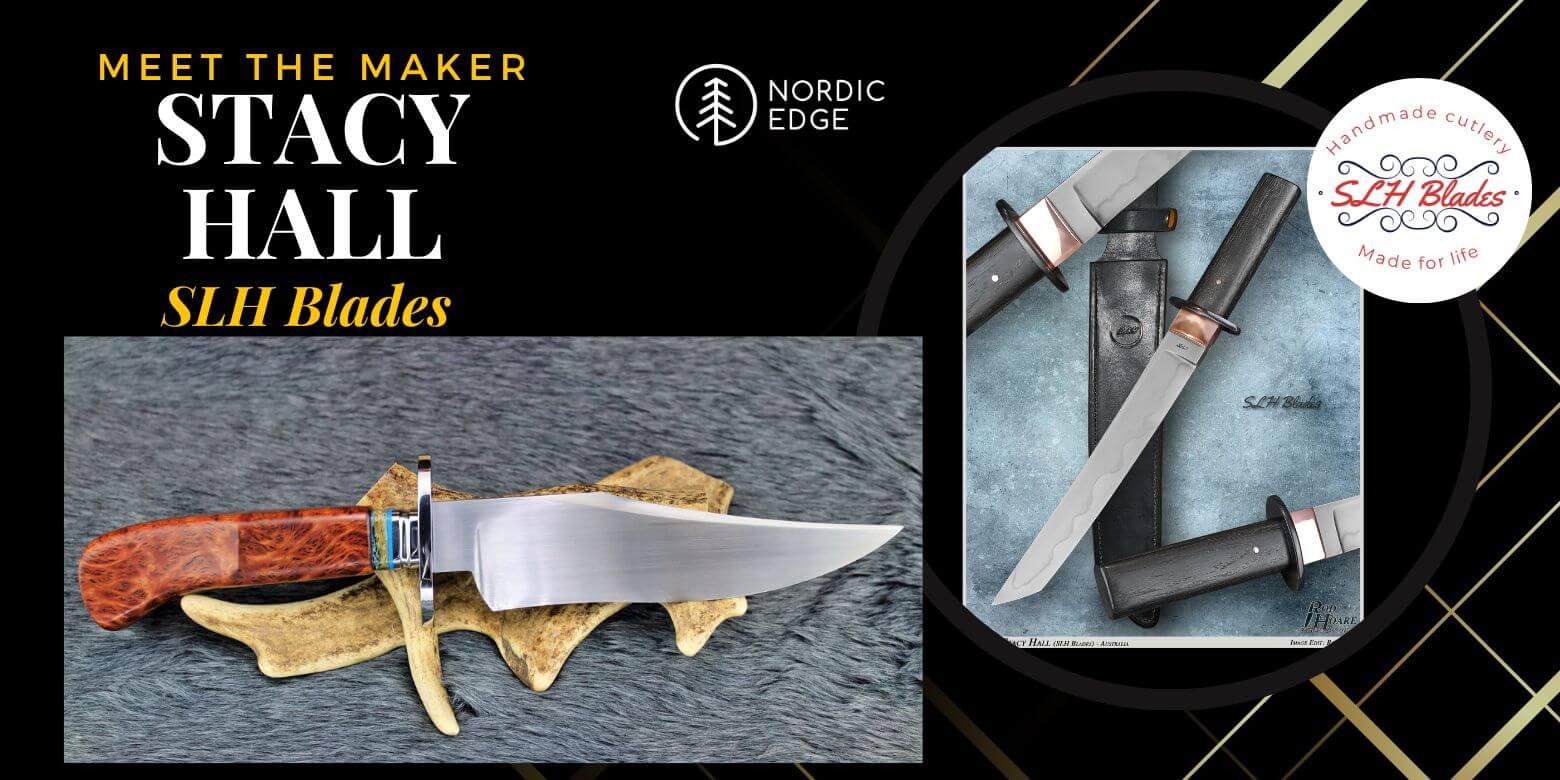
Favourite steels
I tend to prefer carbon steels and if having to pick a single one, it would probably have to be 01 tool steel. I like how it grinds and finishes cleanly and it holds a great edge. It is my go-to steel for hunting knives while for larger bowies I tend to go for 52100 or 1084 carbon steels.
I have been using some Damascus from Jay at Odin’s Arms with good results, we have done a couple of collaboration projects and had some fun with it.
Stainless steel is on the menu as well, sometimes customers specifically request stainless and as I started teaching myself to make folders I moved onto AEB-L as a good stainless steel for both blades and springs.
Love when a project comes together
Handle making is something I really like, or to be more specific when everything comes together at the end and you see the blade and handle as a finished result. That is a special moment and still after all the knives I have made, something that really puts a smile on my face.
I enjoy working with wood over synthetic handle materials, especially burl wood is such a rewarding material when you see the finished handle. I do also use synthetic materials like G10 and micarta but will take a nice burl any day if given the choice!
Making my own sheaths
I also make my own leather sheaths and like that I can deliver the whole package. But leatherwork is not really a favourite element of the making for me. It was something I was not a fan of even back in high school and something I have had to put a bit of extra effort into to get to a level where I am happy with the sheaths and now quite enjoy even that part of the knife making.
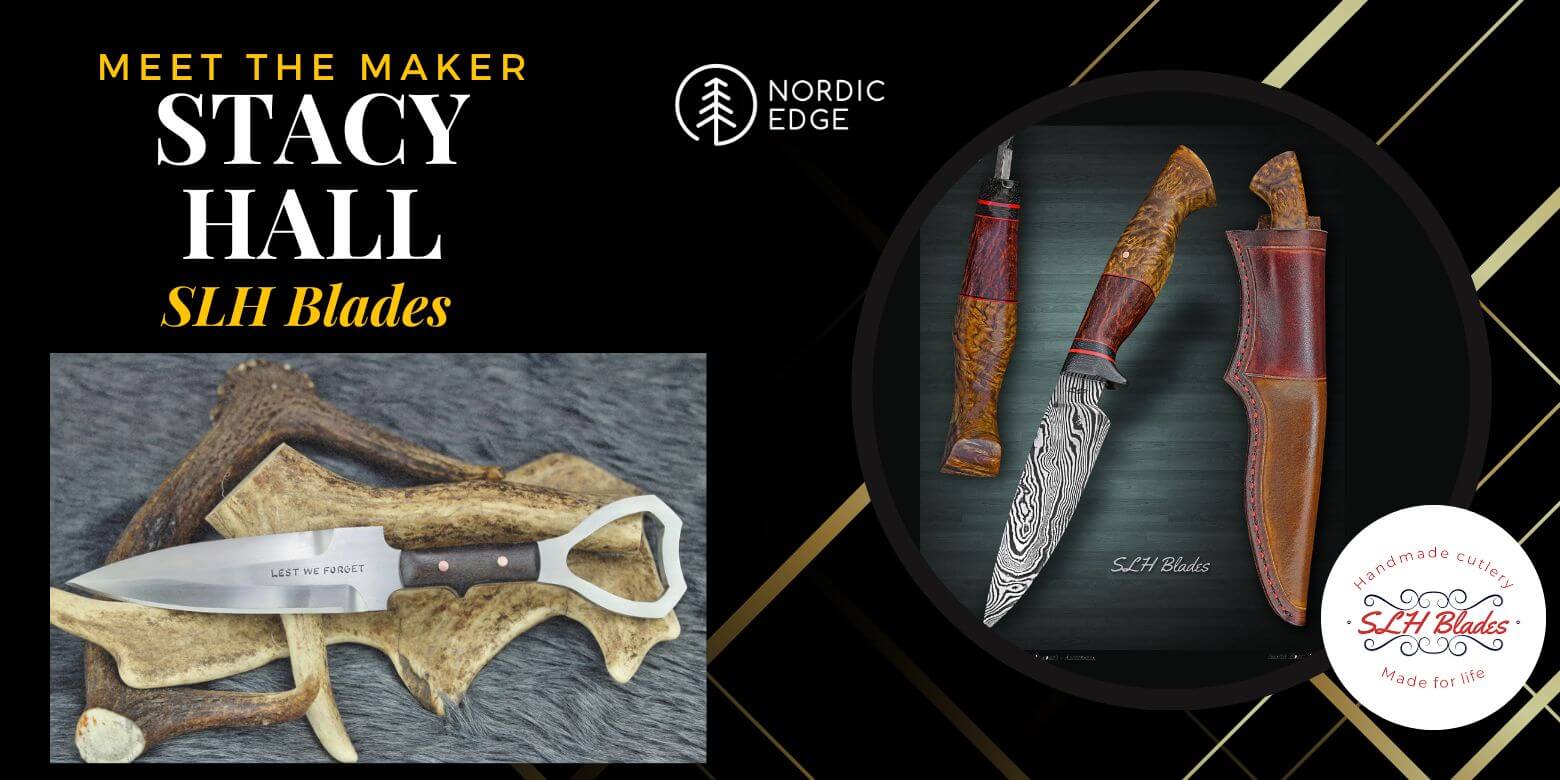
Full time on and off
Around 6 years ago I had to stop working after some injuries, and after some time I learned what I can and cannot do without pushing myself. Today I call myself a fulltime maker on and off depending on how I feel and how many orders I get.
Making a take-down Bowie can be a full week of work, while if making smaller, somewhat simpler knives I can make several in a week. Working in the shed at home when it suits me, I can complete 3-4 knives over 5-6 days a week when I need to.
Trying new things
It is both a blessing and a curse when you “find your own style”, with customers asking for the same style over time. I enjoy making those knives after having put in the work to make it a good model, but at the same time the creative part of me wants to keep trying new materials, styles and techniques.
To me it has always seemed right to start simple and not add too many new elements at the same time. Early on I wanted to try everything at once but learned that I made better knives if focusing on a fairly simple full tang knife blade and one piece wooden handles until I got that right. Then later adding elements such as bolsters, guards or other more complicated aspects.
Setting goals
Recently I have been working on making folders, and it is fulfilling to teach myself a new part of the craft. Going to stainless steel, getting dimensions right and dialling in my process is something that has made me lift my game a notch or two. I believe I then will bring that back into my other knives. As long as I am having fun and learning, I want to keep pushing myself by setting goals to keep developing as a maker.
I must have spent 12 months working on take-down Bowies before I got to a point where I was really happy with them and felt I could move on to another aspect to keep learning.
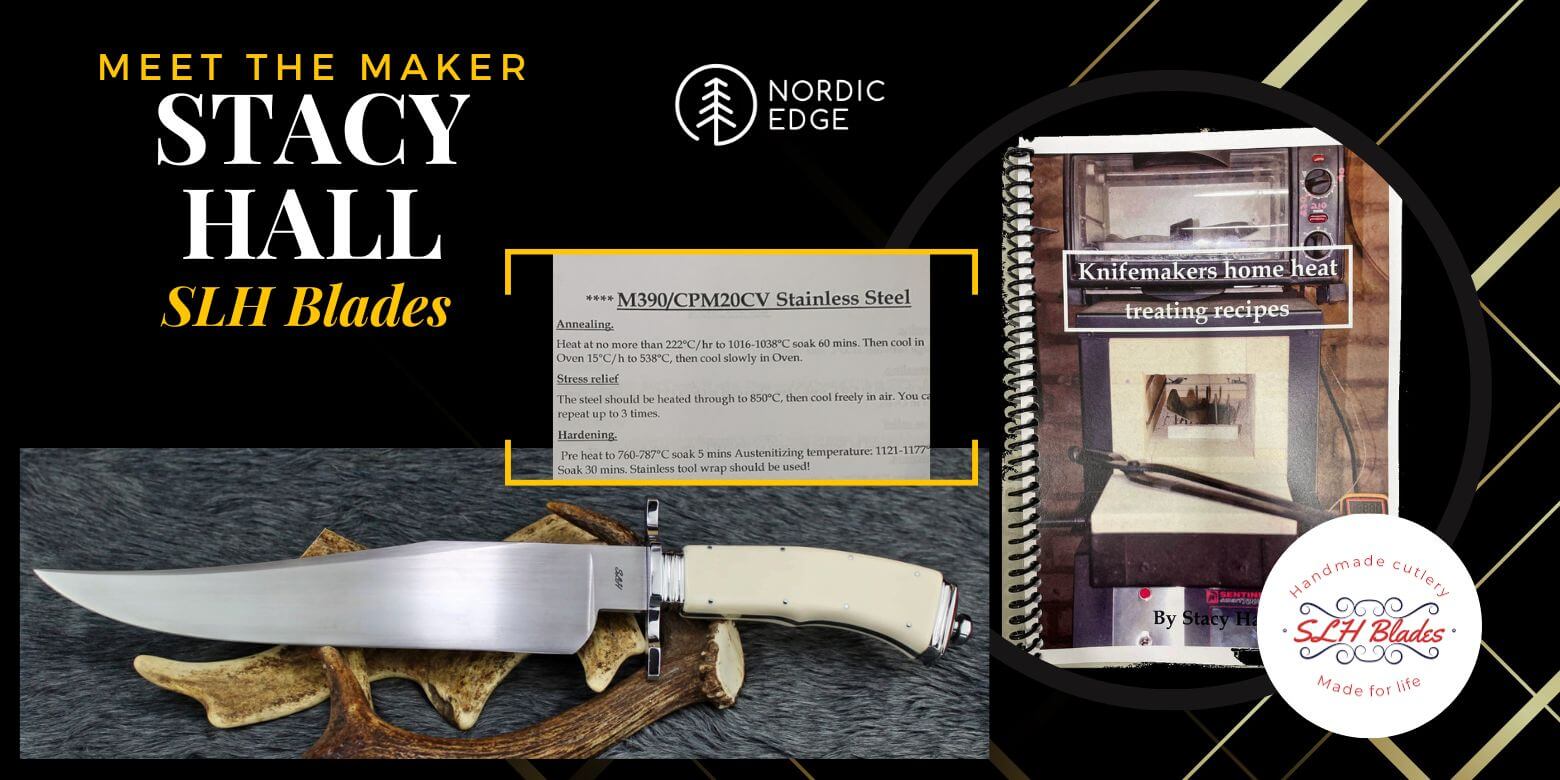
The book
While I was saving up for my Paragon kiln, I was doing a bit of research on steel types. Heat treat recipes was a big part of getting everything I needed ready. There is no readily available place to just look up the ones I was after, and it is not always so easy to know how tried and tested a recipe off a forum page might be in real life.
I started making my own database of recipes on my computer. Typing in what I found online, comparing heat treatment recipes across what I read online and talking with other makers.
In the end I decided to make a book of the collection of recipes, thinking maybe some other makers might want a physical copy as well.
I was blown away by the response! Lots of makers wanted a copy for themselves, it turned out. We have had to reprint the book several times now after the first edition going to print in 2020.
For myself it was part of wanting to verify recipes and being able to test different steels for myself, now I enjoy how the book has taken on a life of its own helping other makers as well.
Editor's note: get your copy here: LINK
Social aspect of making
I have been to the Melbourne Knife Show twice, it is a good show and the closest to me. I would like to go to more shows over time, and the Blade Symposium seems like another good event to go to.
I enjoy the social aspect of going to events, talking with both other makers and customers.
Speaking of other makers, if I should mention a couple of names among the many makers I appreciate the work of, Peter Del Raso would be very high on the list. His lines and fit and finish is very good.
Will Morrisson is another maker I have been looking at quite a bit for his Bowie knives.
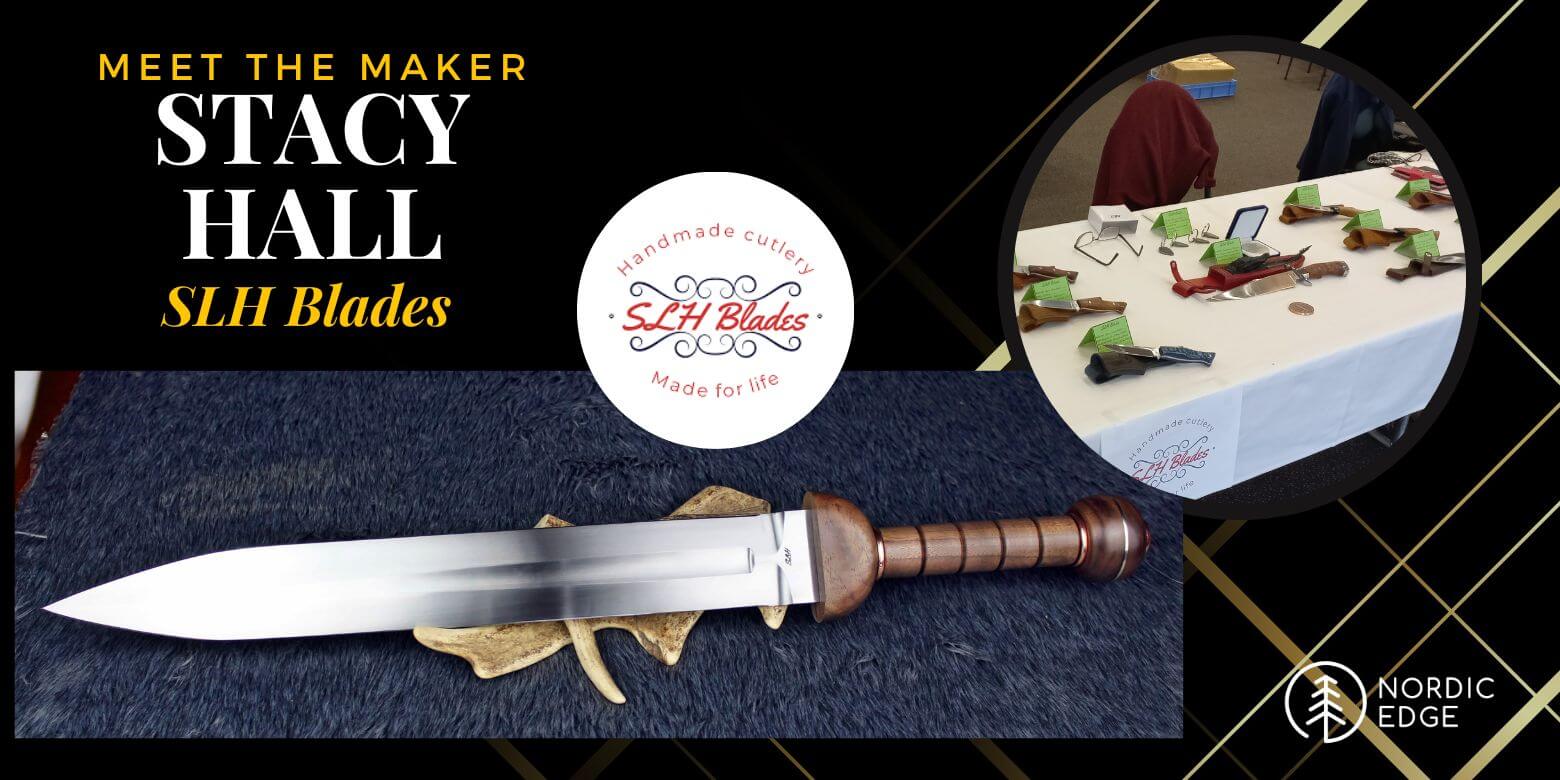
My three tips for becoming a better maker
- 1.Don’t hesitate to ask questions. Doing your own research is great, but don’t hesitate to reach out to other makers when wanting to learn more. Ask questions in a friendly way, get to know other makers so you over time build your own little network of people you can reach out to, and who might come back to you for some help over time.
- 2.Take your time to get the basics right. I have mentioned this already but I think it can take being said again; don’t add too many new elements at the same time. Give yourself time to learn and master the basics before adding new elements and making what you deliver more technically complex. This is supposed to be fun so challenge yourself a bit all the time rather than going all-in on knife three and loose interest if it became too complicated.
- 3.My third tip is a more practical one, it was given to me by Peter Del Raso after my Guild knife assessment. “Use Plenty of Tape”. When masking the blade, don’t add a single layer of masking tape and hit it with the grinder (ask me how I know). Add three layers of tape and be safe. Take your time and think through in what order you want to do things – and add enough tape!
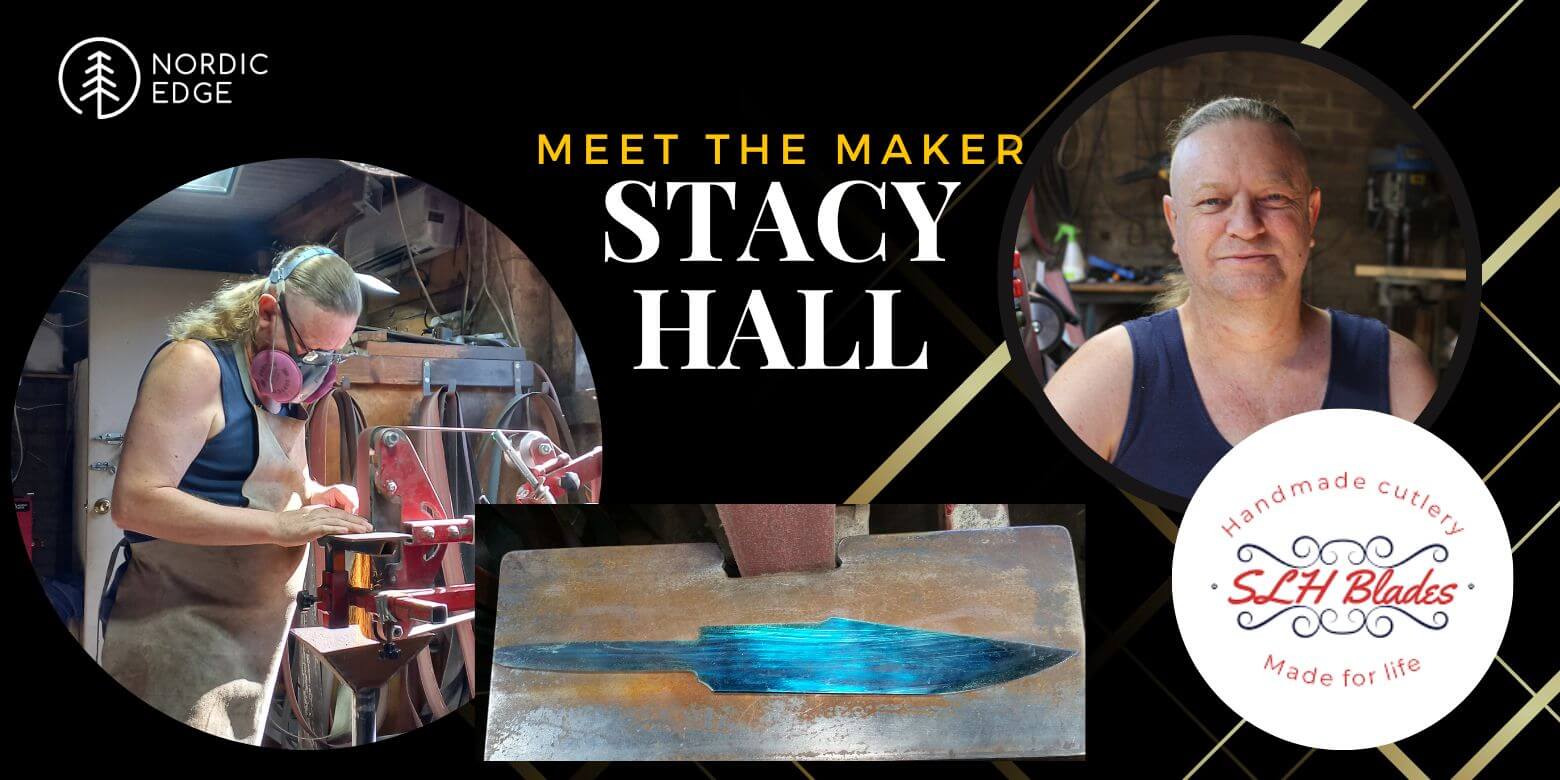
That is a bit about how I got into knife making and what I get out of it,
don’t hesitate to come by my table and say G’day if seeing me at a show.
Stacy Hall
Editor's note:
Thank you to Stacy for sharing his story with us at Nordic Edge,
follow Stacy on Instagram: @slhblades and on Facebook SLH Blades,
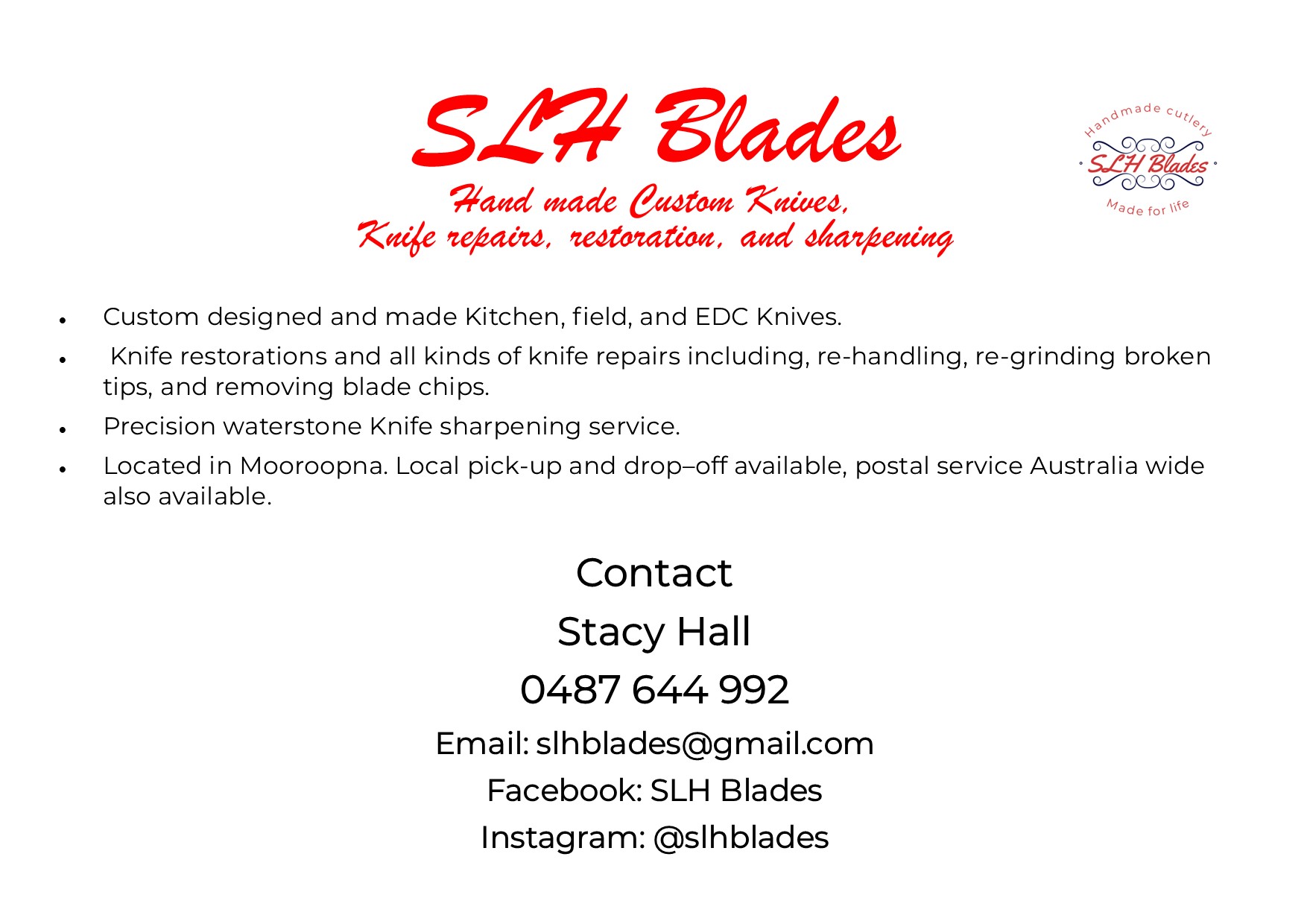
Recent Posts
-
DESTRUCTION CHALLENGE in October 2024: Rules and dates
The Nordic Edge Destruction Challenge is back! Make a big blade in OctoberFilm yourself doing the c …3rd Oct 2024 -
Coming in October: Destruction Challenge 2024
In October we are running the Nordic Edge Destruction Challenge again.Timeline: Live stream K …23rd Sep 2024 -
Sydney Knife Show 2024 with photos
Rosehill Gardens hosted the Sydney Knife Show 2024 the weekend of 10th and 11th of August.KAA runs a …19th Aug 2024


